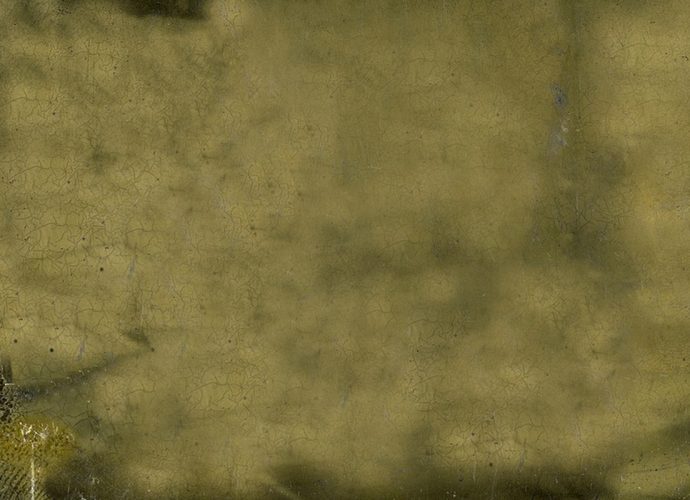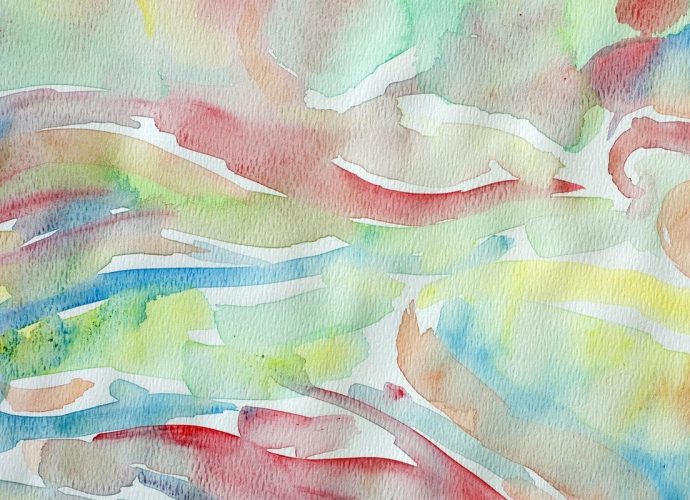What Is The Purpose Of A Correlation Study?
An example of positive correlation would be height and weight. Taller people tend to be heavier. A negative correlation is a relationship between two variables in which an increase in one variable is associated with a decrease in the other. … A zero correlation exists when there is no relationshipRead More →









